As we witness the disinflationary trend that has captured the attention of financial analysts and experts alike, it's worth taking a moment to appreciate the encouraging signs that have begun to emerge. Despite some skepticism, this process seems to be moving forward steadily and in line with historical precedents. For those who might have doubted it, remember that inflation, much like Newton's law, follows a simple rule: what goes up must come down.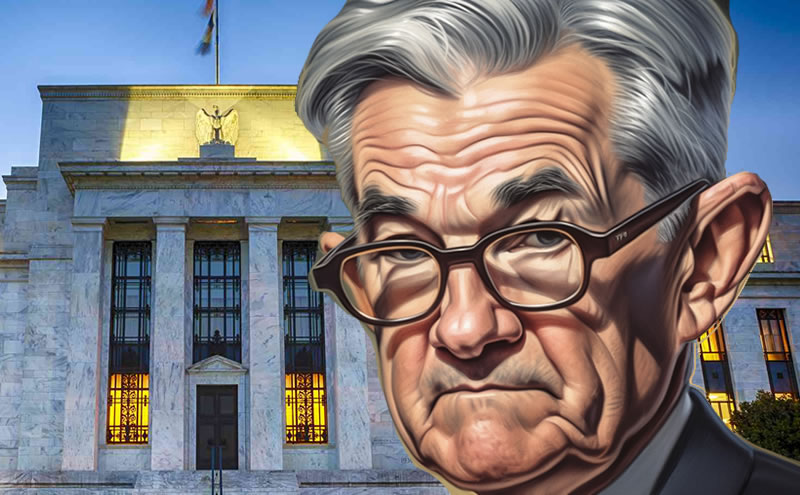
After peaking at an 8.9% year-over-year inflation rate last June, we have now seen it drop to 5% in March. As we monitor the numbers, there is a strong likelihood that the rate will slip below 4% by June this year, possibly settling around 3.8%. While we can expect a period of stabilization, by the end of next year, it's quite possible that we'll be looking at a 2% year-over-year inflation rate on the Consumer Price Index (CPI).
The recent data has shown that while core inflation hasn't yet decreased, food and energy prices have started to decline. This downward trend in these essential sectors could very well lead to lower core prices down the line. So, what's the big surprise here? The writing has been on the wall for some time, and it's about time the Federal Reserve took notice and acknowledged that inflation is, in fact, coming down.
With these encouraging signs, we should consider whether the Fed might be nearing the end of its rate hikes. The futures market seems to think so, with the odds of one more rate hike in May having decreased recently. If any negative signs were to appear in the economy between now and the May 3rd meeting, it's quite plausible that the Fed would be done with rate hikes. They really should be done already, considering the current state of inflation.
There appears to be some division within the Federal Reserve committee itself, which could lead to a pause in the rate hikes. A pause would provide the option to raise rates in June, should it become necessary. If we were to place bets today, it's likely that the Fed would choose to pause, although it remains a close call.
In conclusion, the disinflationary trend we're witnessing is cause for optimism. As food and energy prices begin to decrease, it's important for the Federal Reserve to take note and act accordingly. While the future remains uncertain, and it's difficult to predict whether the Fed will continue with rate hikes, the current state of the economy provides ample reason for hope.
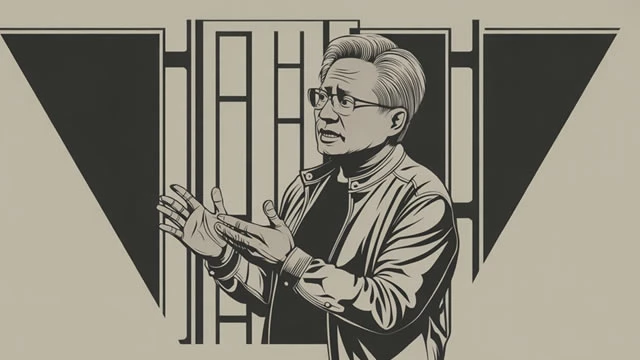



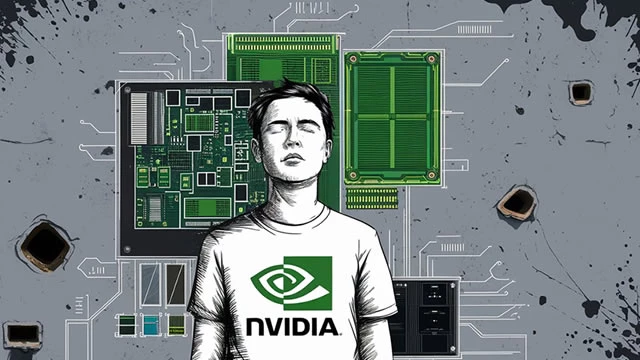
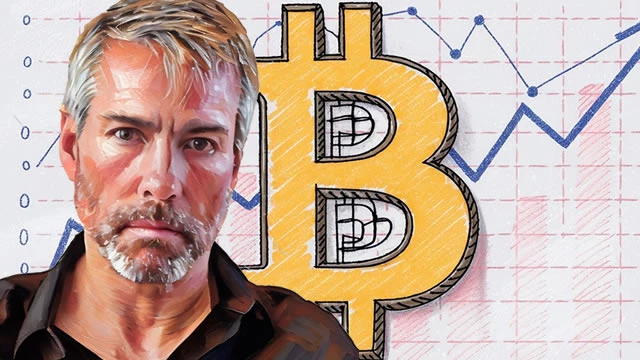



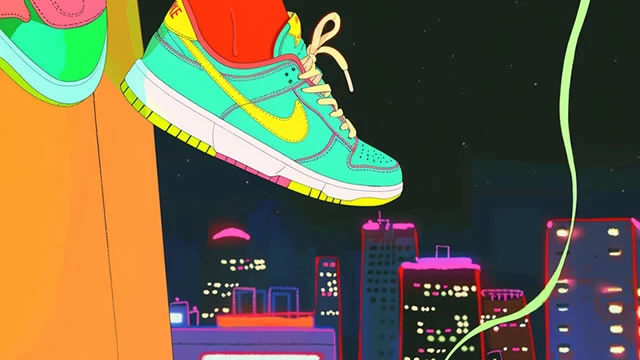


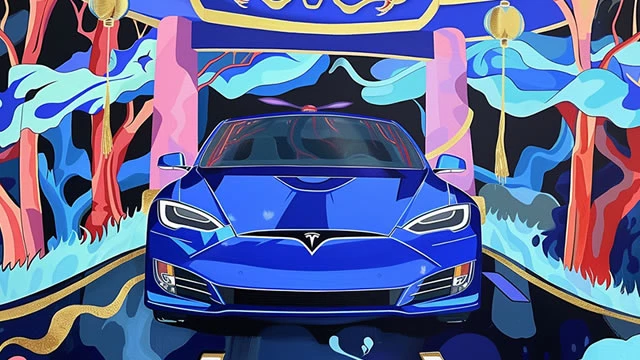

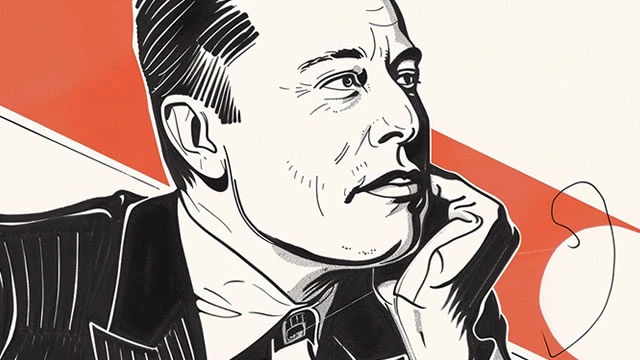


Rate this article